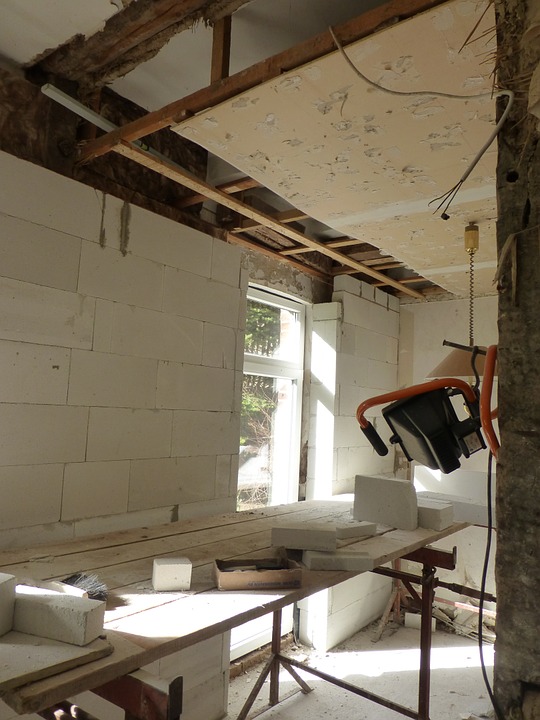Funding refurbishments was the most popular reason for obtaining bridging finance in Q2 2018, the latest Bridging Trends data has found.
Just over a third (34%) of all lending in the second quarter of 2018 was for refurbishment purposes, up from 18% during the first quarter of 2018, as borrowers sought to maximise the value of their existing assets.
This is the second time refurbishments were the most popular purpose since Bridging Trends launched in April 2015 – the previous time was during the same quarter last year.
Gareth Lewis, commercial director at mtf, said: “The new additions to Bridging Trends has given us a better spread of data reflecting a truer market commentary, this has been seen with the decrease in the regulated figure.
“Unsurprising to see that refurbishment is the most popular purpose, especially given more property investors are looking to add value to property to help improve yield and capital value.”
Investors are evidently opting for fast and flexible bridging loans to make improvements to properties and bolster yields against a backdrop of legislation that has made it tougher to buy new properties. At the same time mainstream banks continue to reign in lending.
Consequently, bridging loans for mortgage delays and auction purchases were down on the previous quarter, falling by 4% and 13%, respectively.
Bridging loan volume transacted by contributors hit £197.94m in Q2 2018, an increase of £43.9m on the previous quarter. This is the highest figure to date and comes as three new contributors joined Bridging Trends: Complete FS, Finance 4 Business and Pure Commercial Finance.
Regulated bridging loans fell to the lowest level since 2015, coming in at 36.8% of lending in Q2, from 43.7% in Q1. However, second charge lending increased to 19.1% of all loans during Q2, up from 16.3%.
Chris Whitney, head of specialist lending at Enness, said: “[I’m] slightly surprised to see regulated loans down so much as we still see a lot of transactions where borrowers are taking advantage of these refurbishment loans on their own homes and then refinancing them out with a term loan once works are completed and value added.
“Similarly, second charge lending still looking strong as borrowers want to utilise equity in their property assets without disturbing the first charge debt which is often very good value so when blended with a second charge rate is still attractive overall on a short-term basis.”
Average LTV levels increased by 7.8% in the second quarter to 56.9%, whilst the average monthly interest rate remained at 0.83% for the third consecutive quarter.
Turnaround times were quicker in the second quarter, as the average completion time on a bridging loan application decreased by five days in Q2 2018, to 43 days. The average term of a bridging loan in the second quarter remained at 11 months.
Paul McGonigle, chief executive of Positive Lending, said: “Regulated bridging transactions for us were high in Q2, so it’s a surprise to see such a significant decrease.
“What was evident though and as the data suggests, is that refurbishment was definitely the key reason for unregulated borrowing during the period.
“Now is the time for a proper bridge-to-let product to support these refurb deals. Lenders should look to fine tune their offering- with one underwriter, not two, so that property investors and developers can access the finance they need, with speed and with minimum fuss.”
Dave Fathers, director, sales at Finance4Business, said: “As the competition remains strong amongst the bridging lenders, with new entrants coming through and others fighting for a larger marker share, we are seeing a steady decrease in the average monthly interest rates when looking at each quarter-on-quarter which is great news for our clients.
“The specialist market is very well established and with borrowing interest costs reducing, property traders are turning to this type of finance more than ever before.
“We are half way through Q3 now and we are set to break all records again, we are not seeing any let up at the moment, but we are experiencing slower-than-average completion timeframes and we are simply putting this down to professional 3rd party capacities being stretched along with clients being better prepared and needing the ‘rapid bridging completion’ less and less.”
Source: Mortgage Introducer


